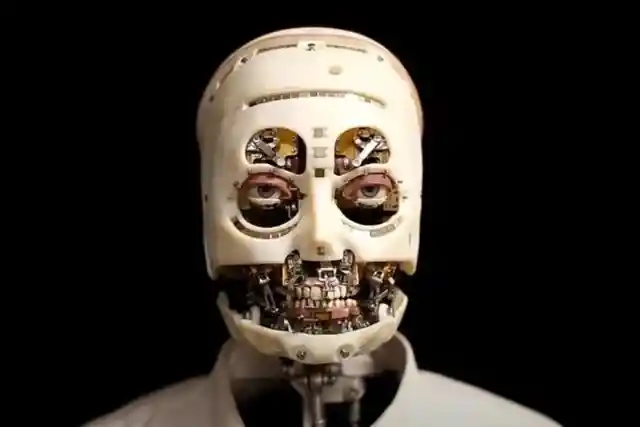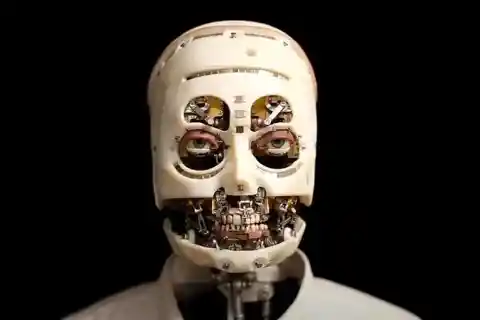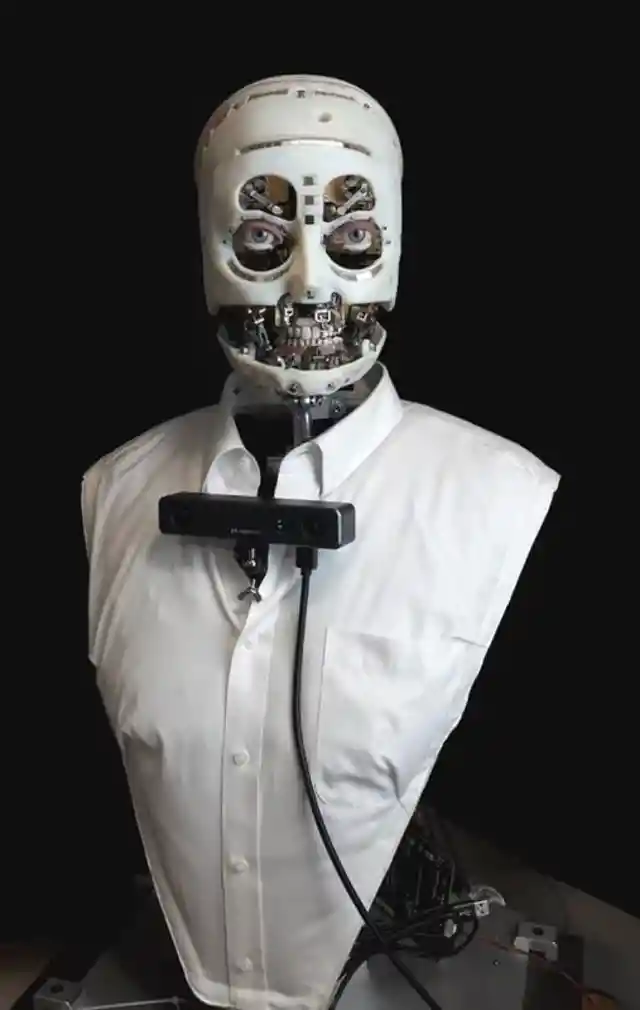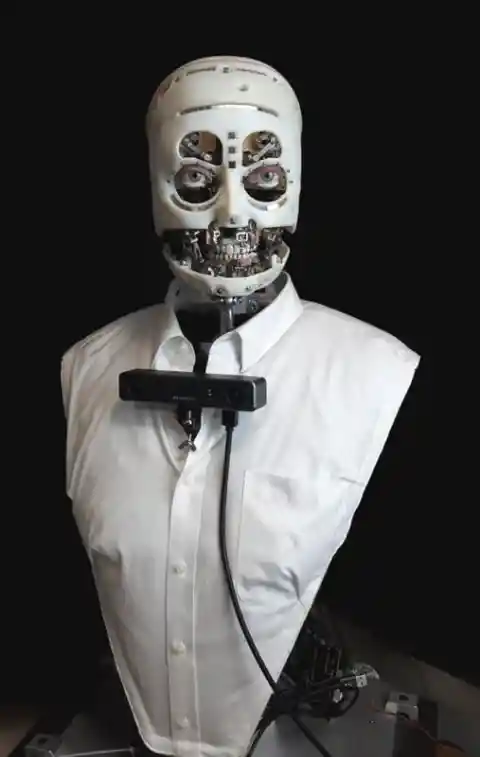

Technology tends to wow us every time we see the latest innovation and improvement. Sometimes, though, the innovations can become a little chilling. Worrying, even. Still, you cannot help but marvel at the works and innovations being crated on a regular basis by science experts worldwide. One of the latest robotics progressions, we’ve seen, though, actually comes from Disney.
They have produced a ‘skinless robot’ that has many realistic and authentic movements. Indeed, it is even reported to be capable of breathing and blinking. This is the kind of real-life robotics that have been part of sci-fi for years. To see the kind of human-like developments that are possible now, it really is incredible to think how far along this technology has come.
Indeed, the skinless humanoids have been shown with a pair of moving eyes, eyelids, and even the chance to make a far more lifelike gaze than any robot we’ve ever seen before. It is crated to help create “life-like behaviors”, apparently, and shows the kind of immense progress that has taken place in the industry.
The robot has been part of a long development cycle from the Disney research division known as Walt Disney Imagineering. The work has been in development with help from the robotics research team at the University of Illinois, Urbana-champaign and the California Institute of Technology.
Together, they have created something that is truly impressive.
As part of an expansive new paper on the development, The Disney Research team has put a clear view of the plan and purpose of this project, saying:
“Gaze has been shown to be a key social signal, shaping perceptions of interaction partners. For example, people who make more eye contact with us are perceived to be similar to us, as well as more intelligent, conscientious, sincere, and trustworthy. Furthermore, gaze appears to also convey complex social and emotional states.
“Given the importance of gaze in social interactions as well as its ability to communicate states and shape perceptions, it is apparent that gaze can function as a significant tool for an interactive robot character. Thus, the aim of this work is to develop a system to emulate human-like mutual gaze.”


Indeed, as part of a wide-reaching study, which you can read here, they say that:
“The attention engine generates a ‘curiosity score’ assigned to that person indicating their salience/significance as well as how important it is for the robot character to respond to them.”
This kind of movement is achieved by using a program which helps to take the 3D positioning of the people who it picks up within its camera. This then allows for the robot to identify which reactions are being taken to the robot, helping it to provide a more authentic response.
“The way in which curiosity is calculated in our current system is fairly simplistic, being based upon locations and velocities of the hands and nose.
“This selection of features was loosely informed by the way people attempt to gain attention from another person - e.g., moving closer/quickly to the person and waving their hands.”
The aim, then, is simple – to help create a robot that can create authentic interactions and developments. As explained in the study, this leads to better interactions:
“This architecture is highly extensible and can be used to create increasingly complex animatronic gaze behaviors as well as other interactive shows. We see this work as an attempt to ascend from the uncanny valley through layering of interactive kinematic behaviors and sensorimotor responsiveness.”